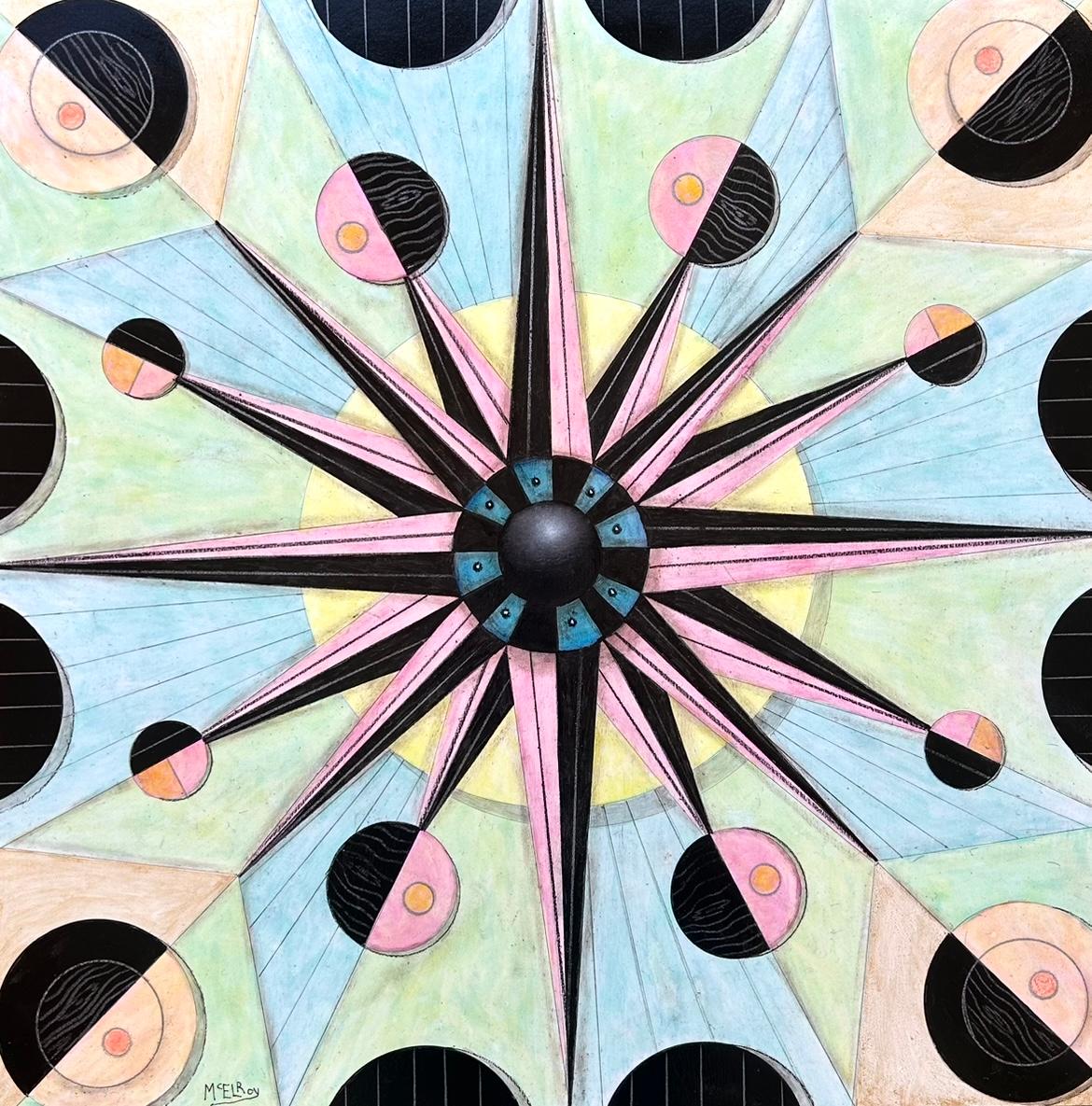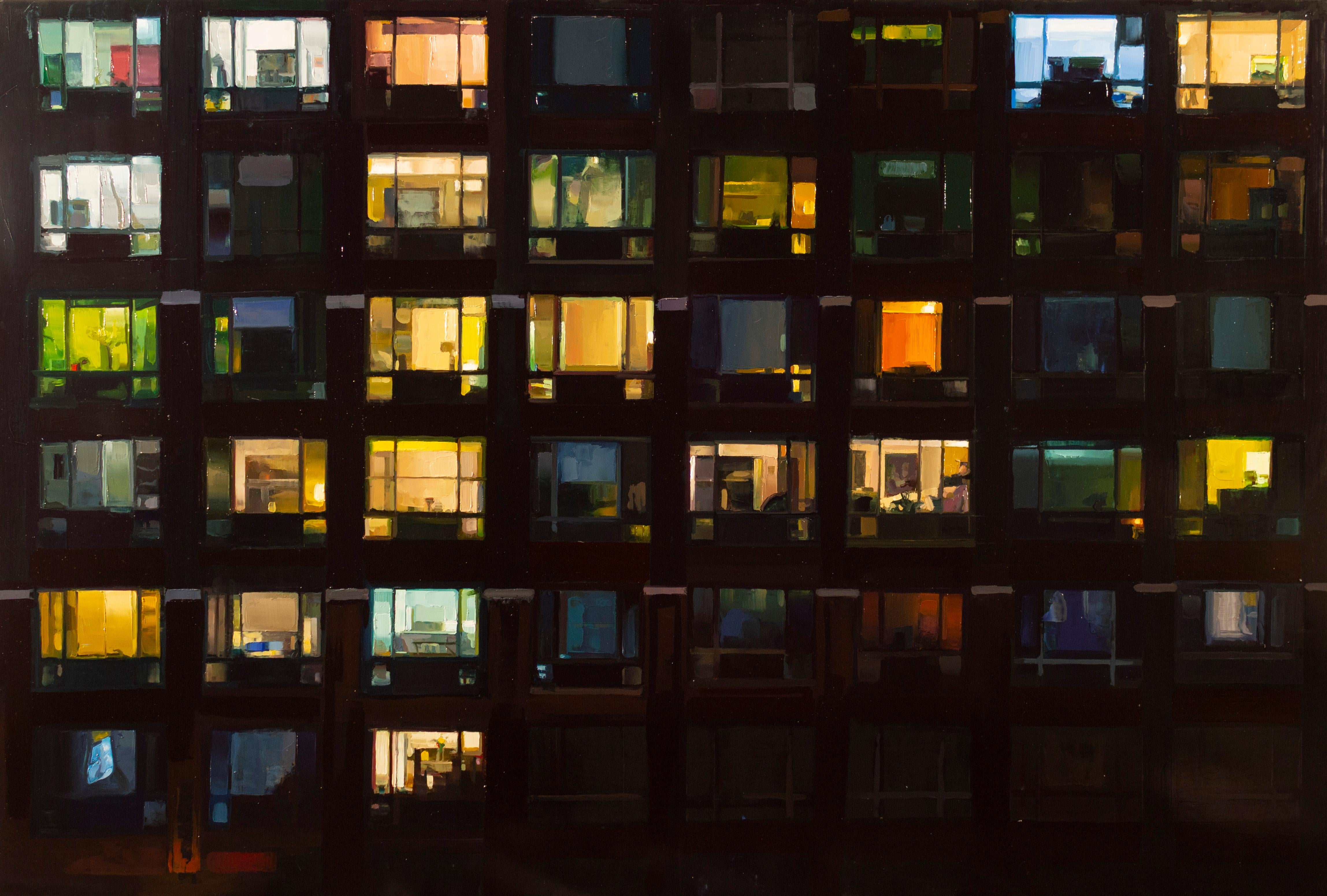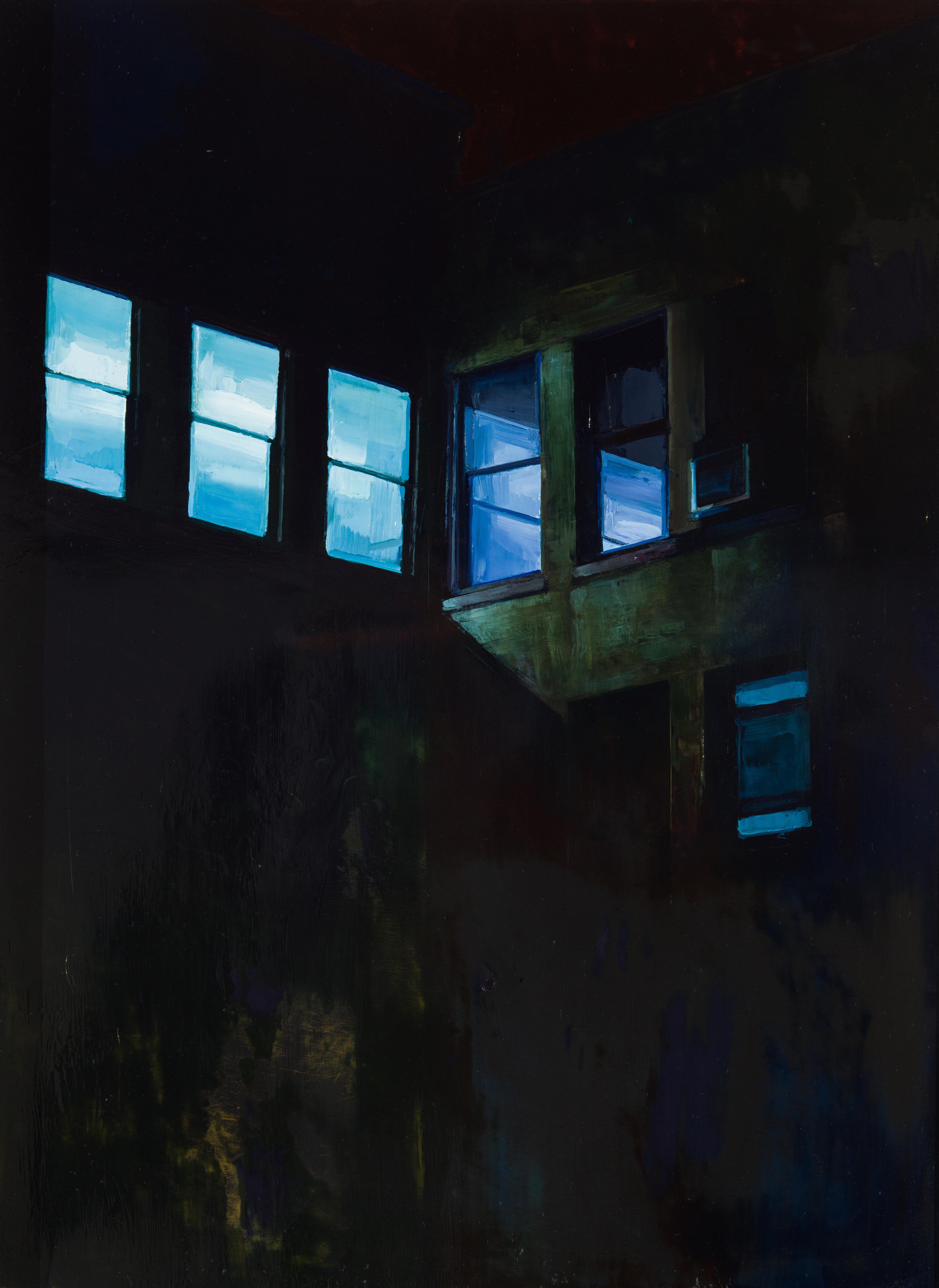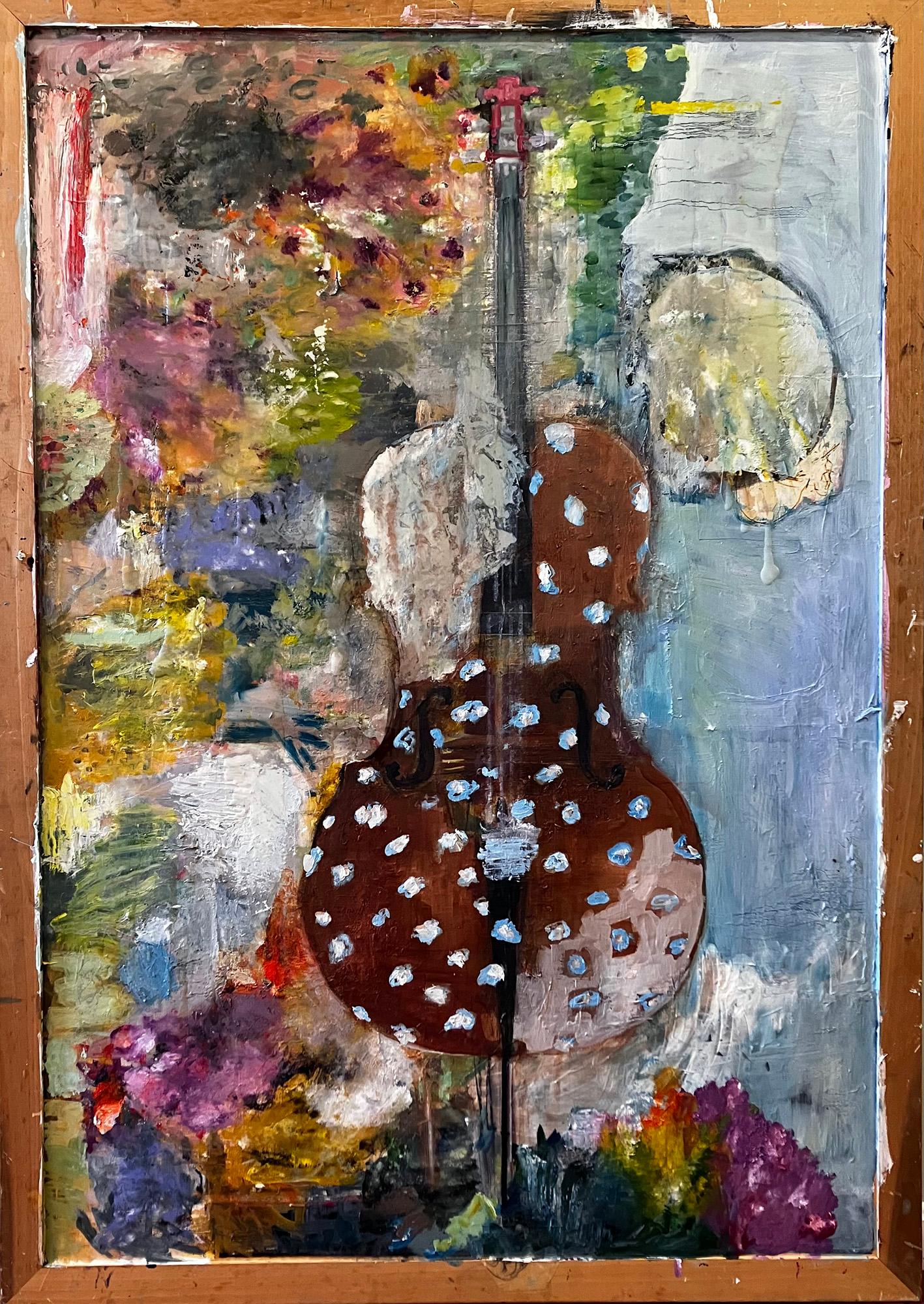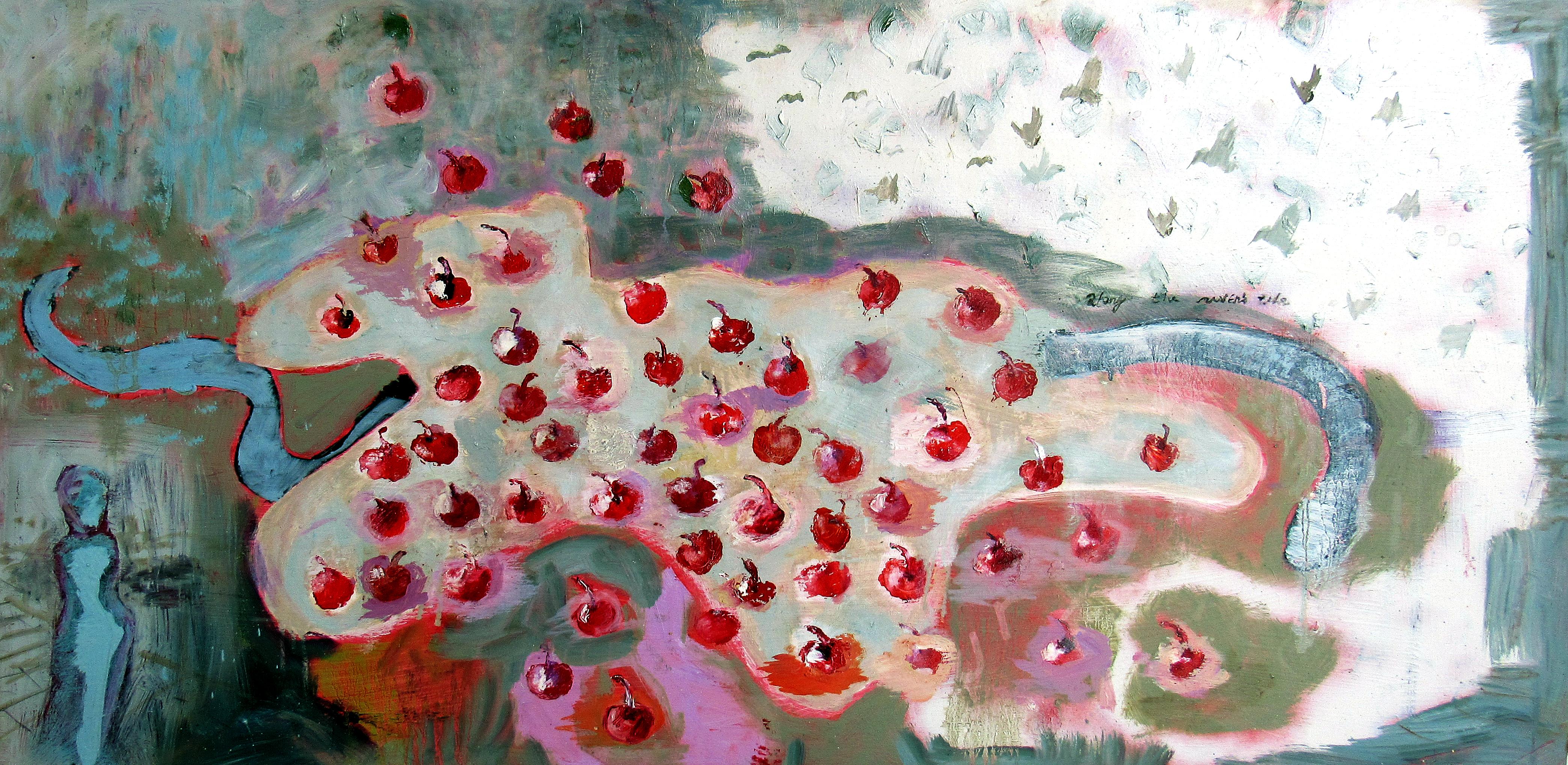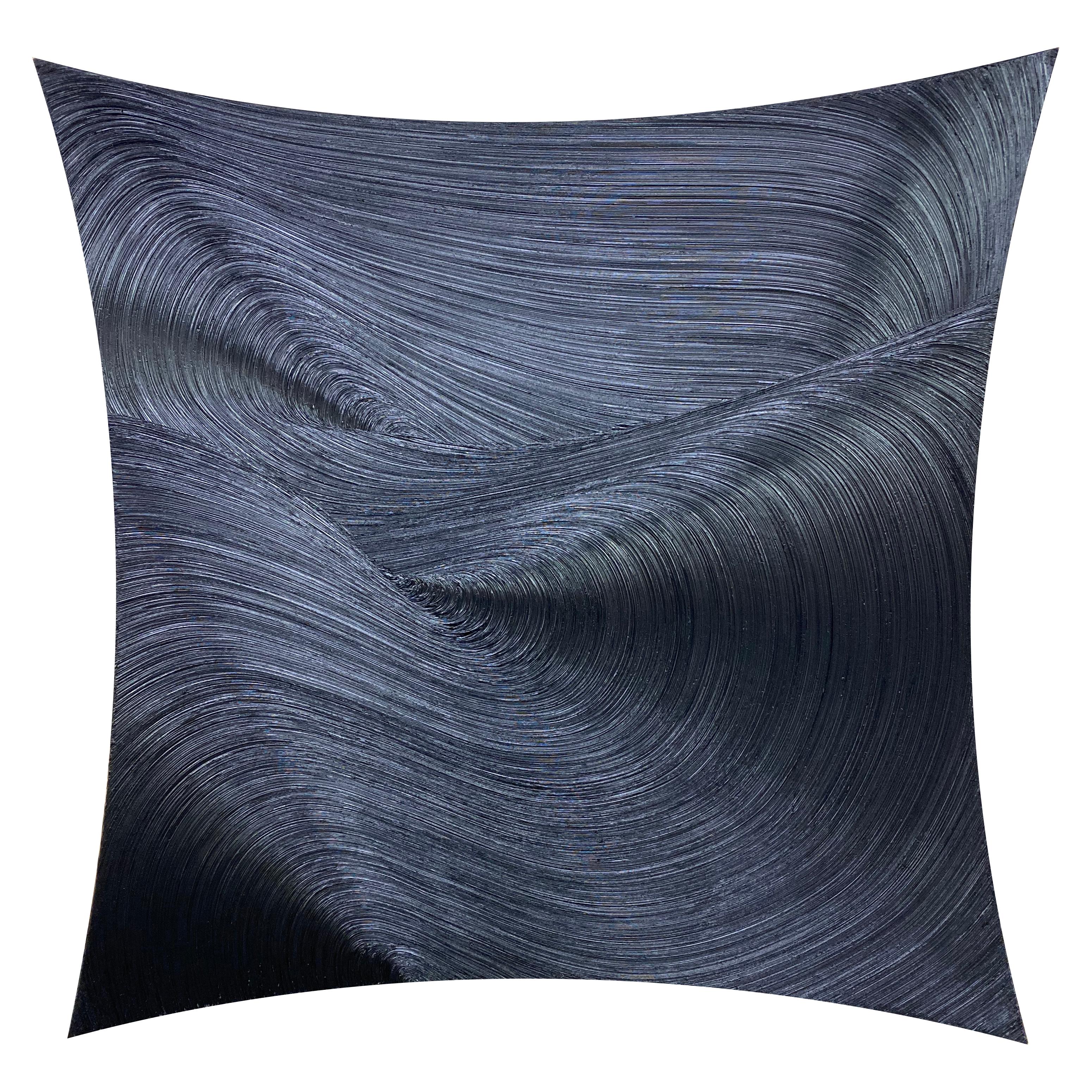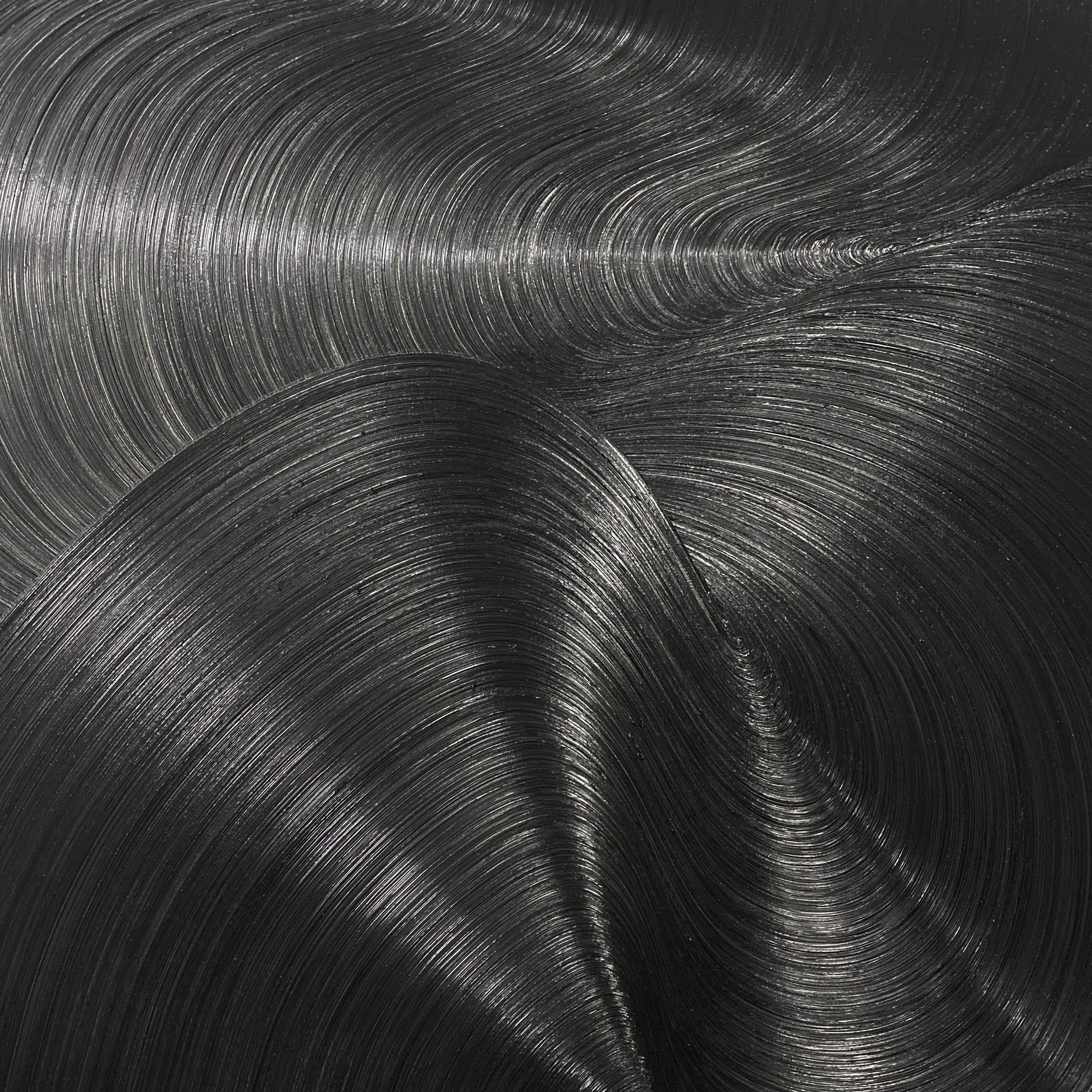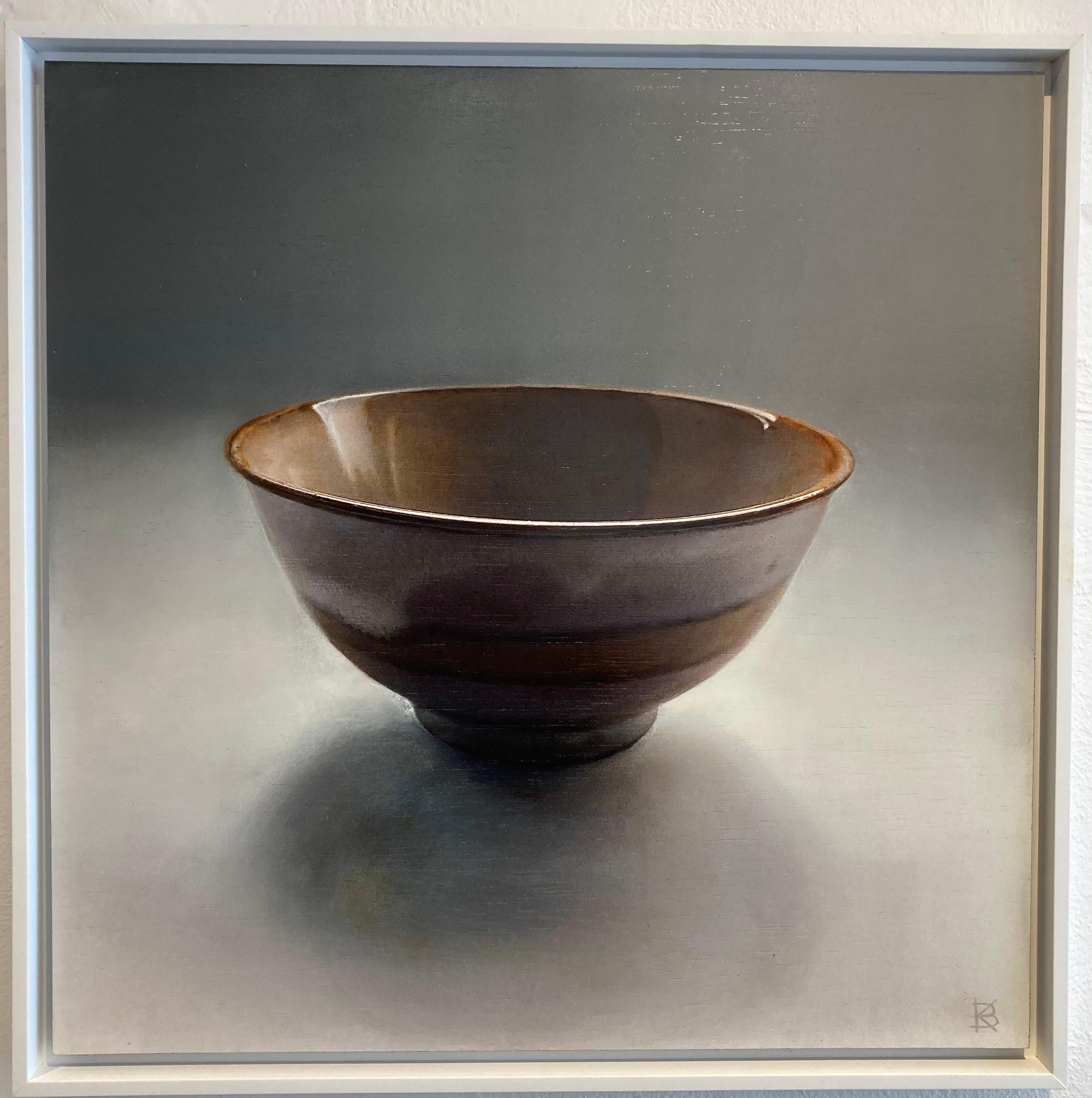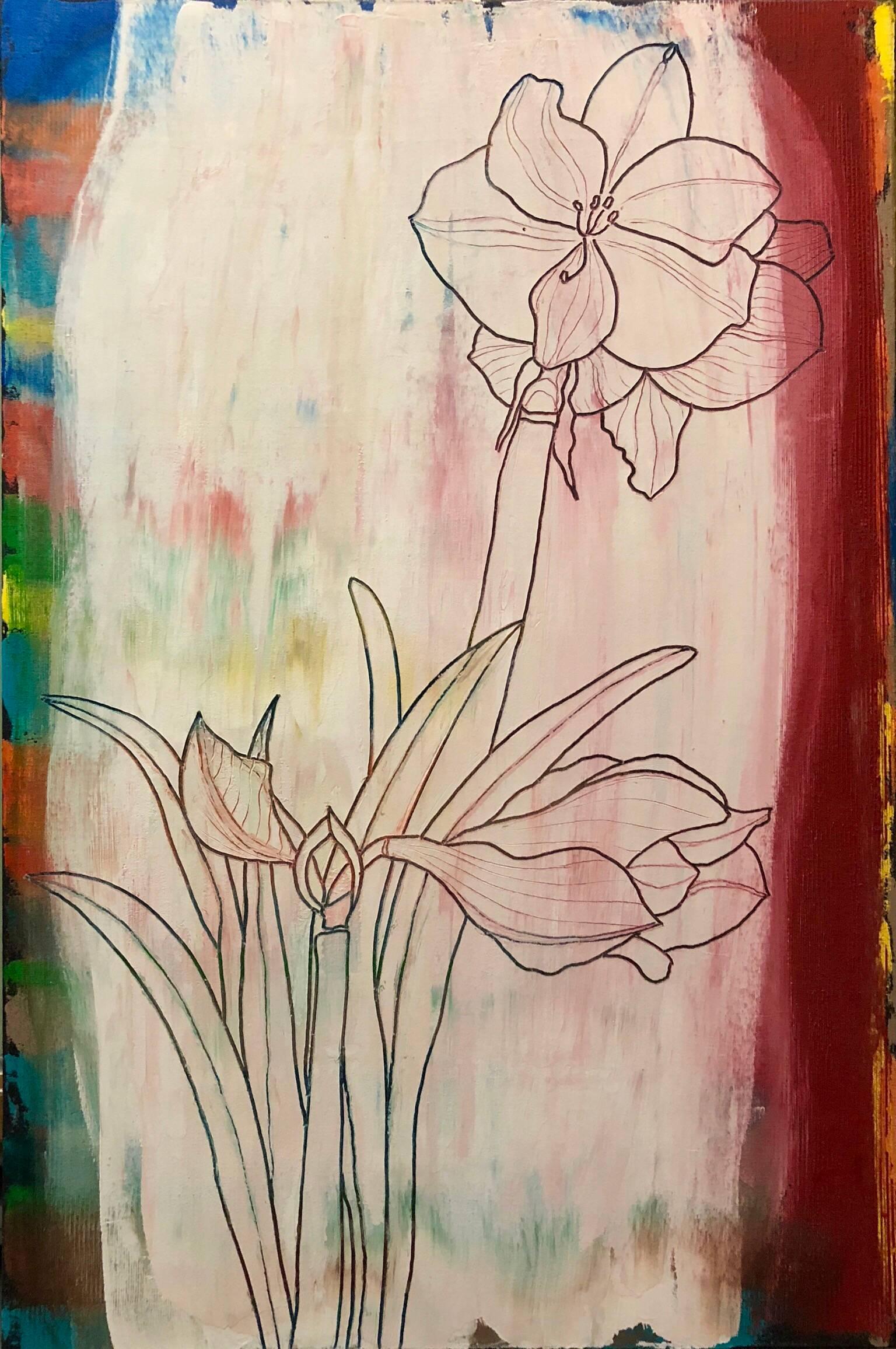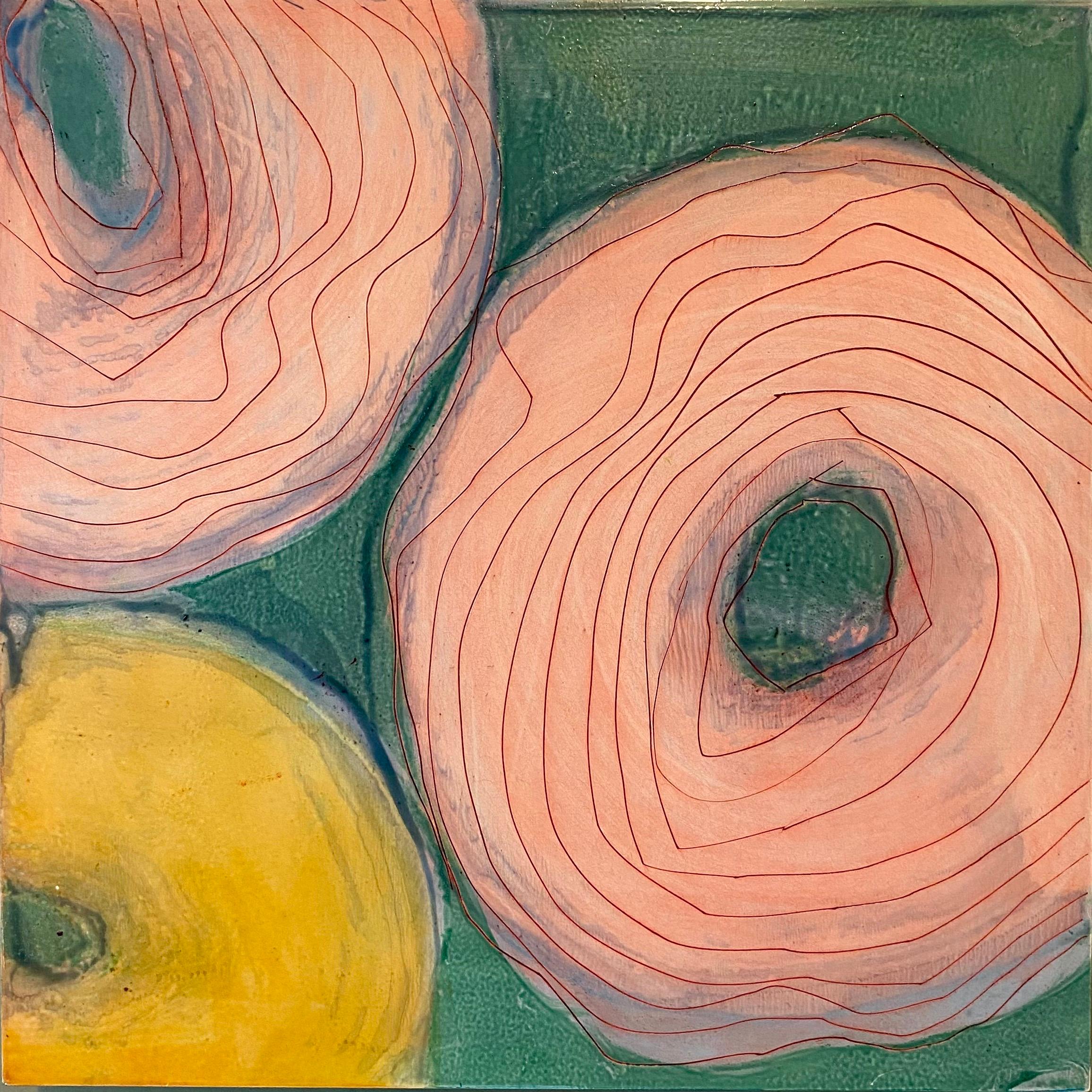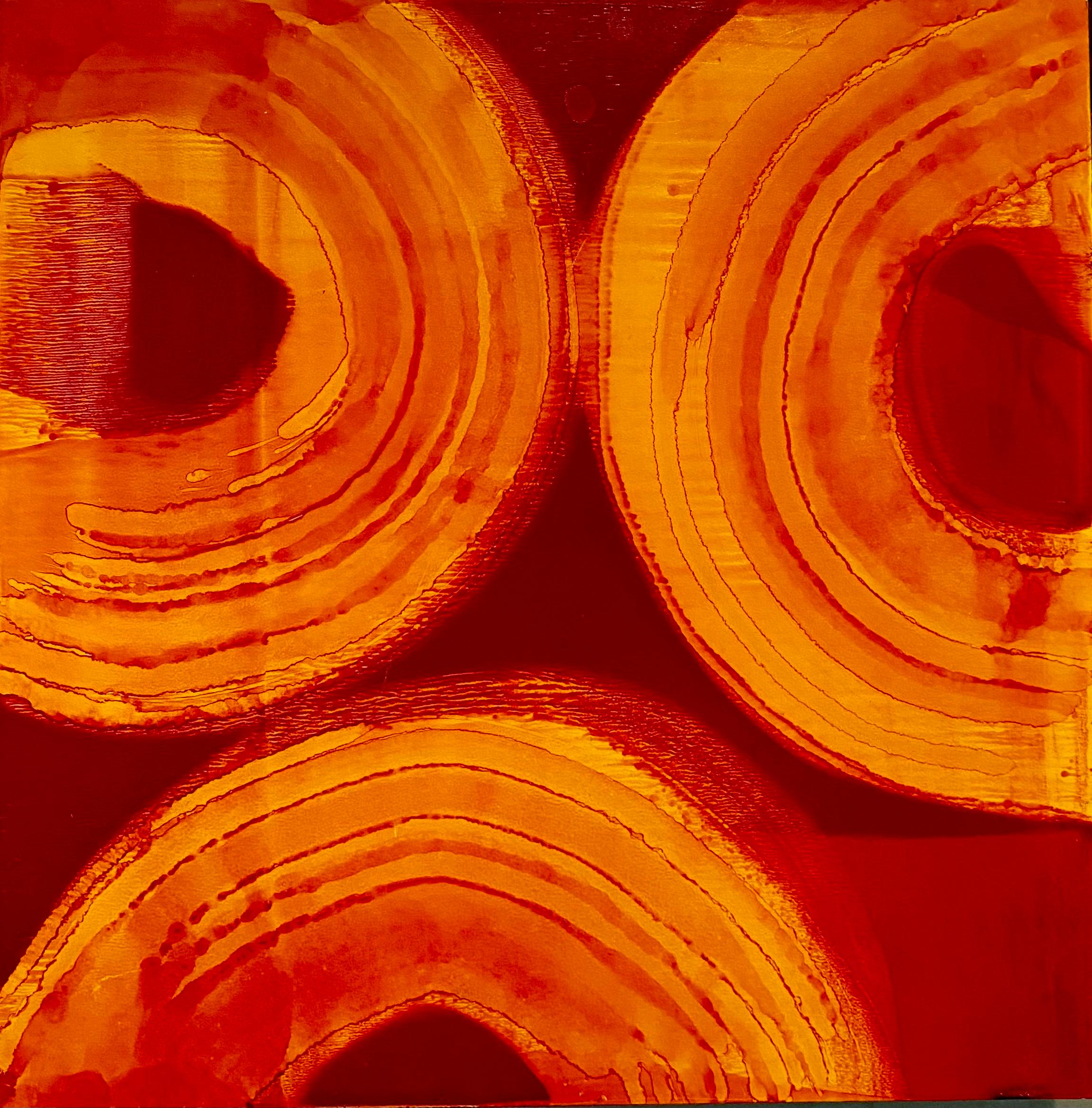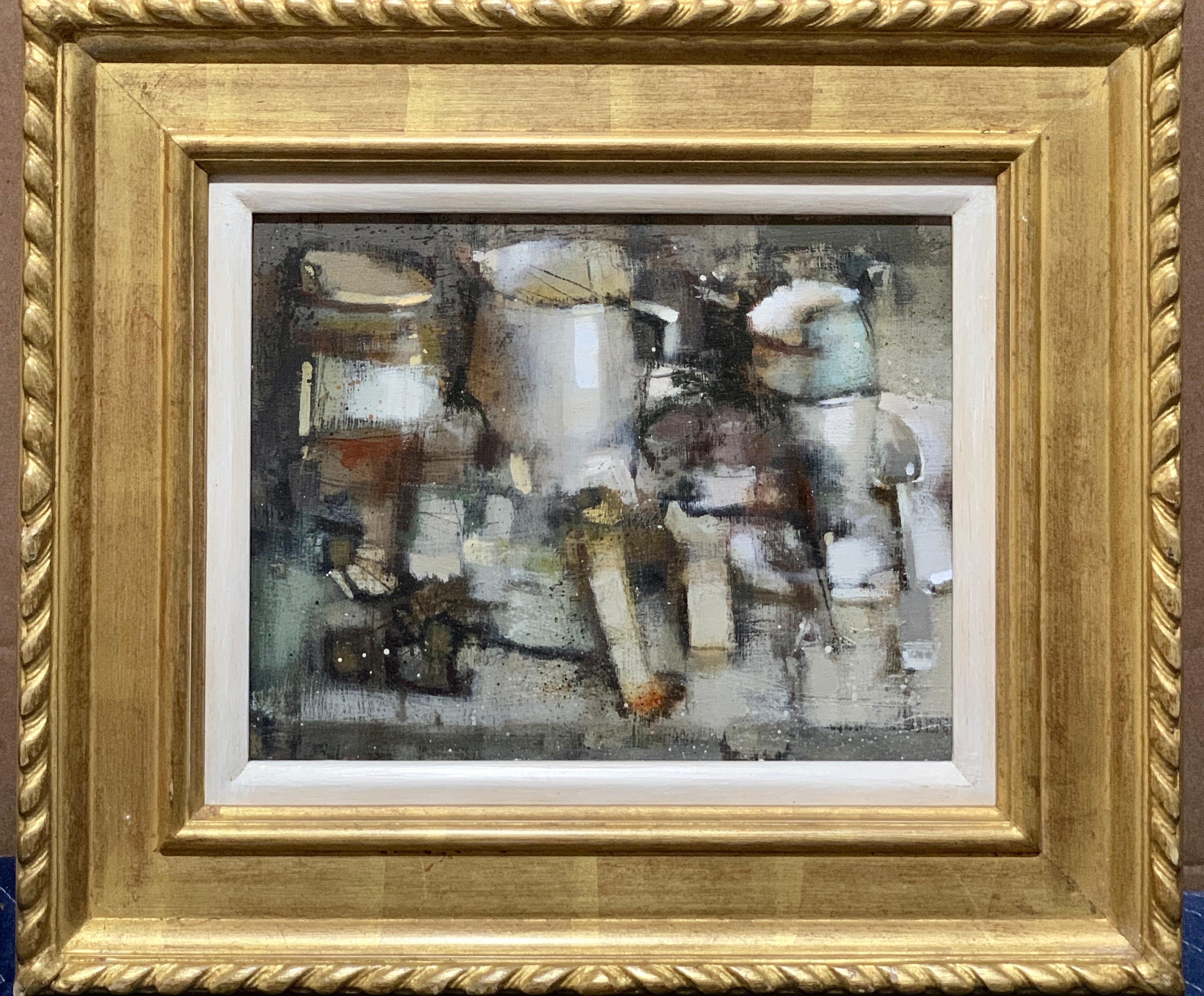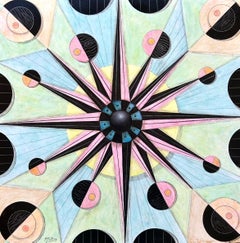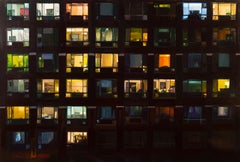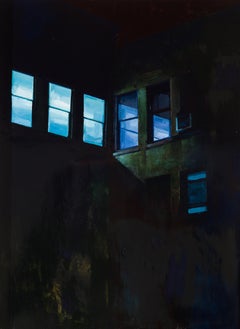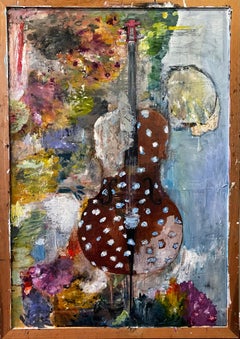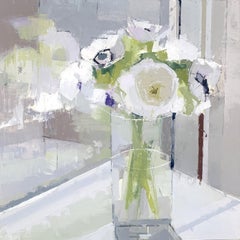
Flower Reflections
1 of 4
Lisa BreslowFlower Reflections2020
2020
$5,000List Price
About the Item
- Creator:Lisa Breslow (1958)
- Creation Year:2020
- Dimensions:Height: 16 in (40.64 cm)Width: 16 in (40.64 cm)Depth: 2 in (5.08 cm)
- Medium:
- Movement & Style:
- Period:
- Condition:
- Gallery Location:Bridgehampton, NY
- Reference Number:Seller: 10181stDibs: LU139626509182
Authenticity Guarantee
In the unlikely event there’s an issue with an item’s authenticity, contact us within 1 year for a full refund. DetailsMoney-Back Guarantee
If your item is not as described, is damaged in transit, or does not arrive, contact us within 7 days for a full refund. Details24-Hour Cancellation
You have a 24-hour grace period in which to reconsider your purchase, with no questions asked.Vetted Professional Sellers
Our world-class sellers must adhere to strict standards for service and quality, maintaining the integrity of our listings.Price-Match Guarantee
If you find that a seller listed the same item for a lower price elsewhere, we’ll match it.Trusted Global Delivery
Our best-in-class carrier network provides specialized shipping options worldwide, including custom delivery.You May Also Like
Original abstract oil painting by easily searchable artist Steve McElroy.
By Steve McElroy
Located in Dallas, TX
"Kaleidoscope" by Steve McElroy original oil on panel painting. Remember Kaleidoscopes from childhood? Ahhh, memories! The sides celebrate the famous Love bracelet sculptural de...
Category
2010s Abstract Abstract Paintings
Materials
Oil, Panel
Recessed
By Jake Fischer
Located in Phoenix, AZ
oil on panel
b. 1985, Phoenix, AZ
Jake Fischer, born and raised in Phoenix, Arizona, graduated with a Master of Fine Art from Arizona State University in Drawing and Painting. Whil...
Category
2010s Abstract Geometric Abstract Paintings
Materials
Oil, Wood Panel
$13,750
In and On
By Jake Fischer
Located in Phoenix, AZ
oil on panel
b. 1985, Phoenix, AZ
Jake Fischer, born and raised in Phoenix, Arizona, graduated with a Master of Fine Art from Arizona State University in Drawing and Painting. Whil...
Category
2010s Abstract Geometric Paintings
Materials
Oil, Paint, Panel, Wood Panel
Coralcello, richly colorful music themed abstraction
By C. Dimitri
Located in Brooklyn, NY
The artist began this painting in 2010. Oil and resin on wood panel. Dedicated to David Lynch and coral reefs.
Rich brushwork in image of stringed musical instrument within the abst...
Category
2010s Abstract Abstract Paintings
Materials
Resin, Mixed Media, Oil, Wood Panel
Eurydice Along the River's Tide, abstract w birds red cherries, water blues
By C. Dimitri
Located in Brooklyn, NY
One of a series on the myth of Orpheus and Eurydice.
Category
2010s Abstract Figurative Paintings
Materials
Oil, Wood Panel
What Thoughts Are Made Of, Oil, Monochromatic, Black, Curved Shape, Brushstrokes
By James Austin Murray
Located in Riverdale, NY
What Thoughts Are Made Of is a monochromatic, textured oil painting by James Austin Murray. It is an all black oil painting on canvas on wood panel. It is 36x36 It is a stunning a...
Category
2010s Abstract Abstract Paintings
Materials
Oil, Canvas, Wood Panel
